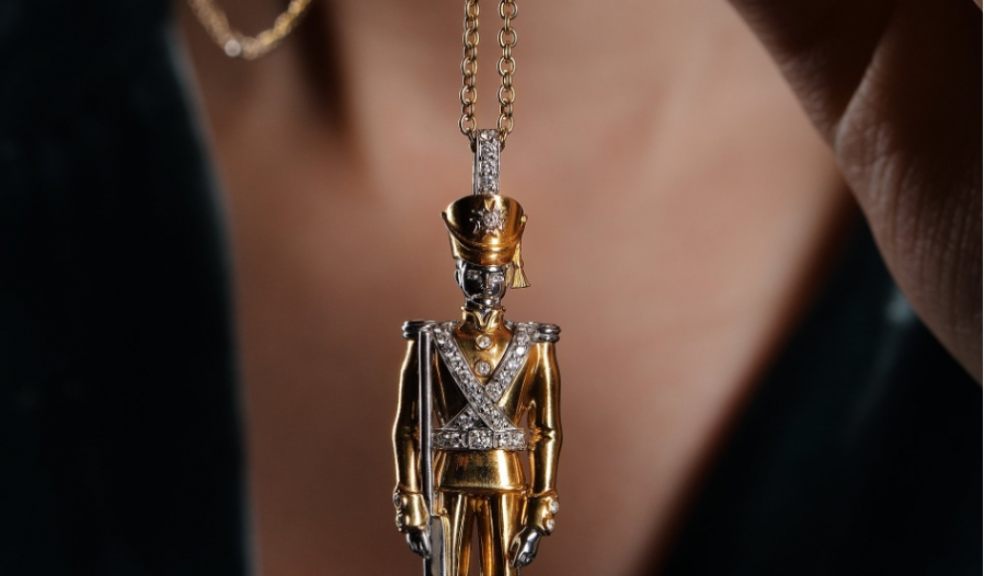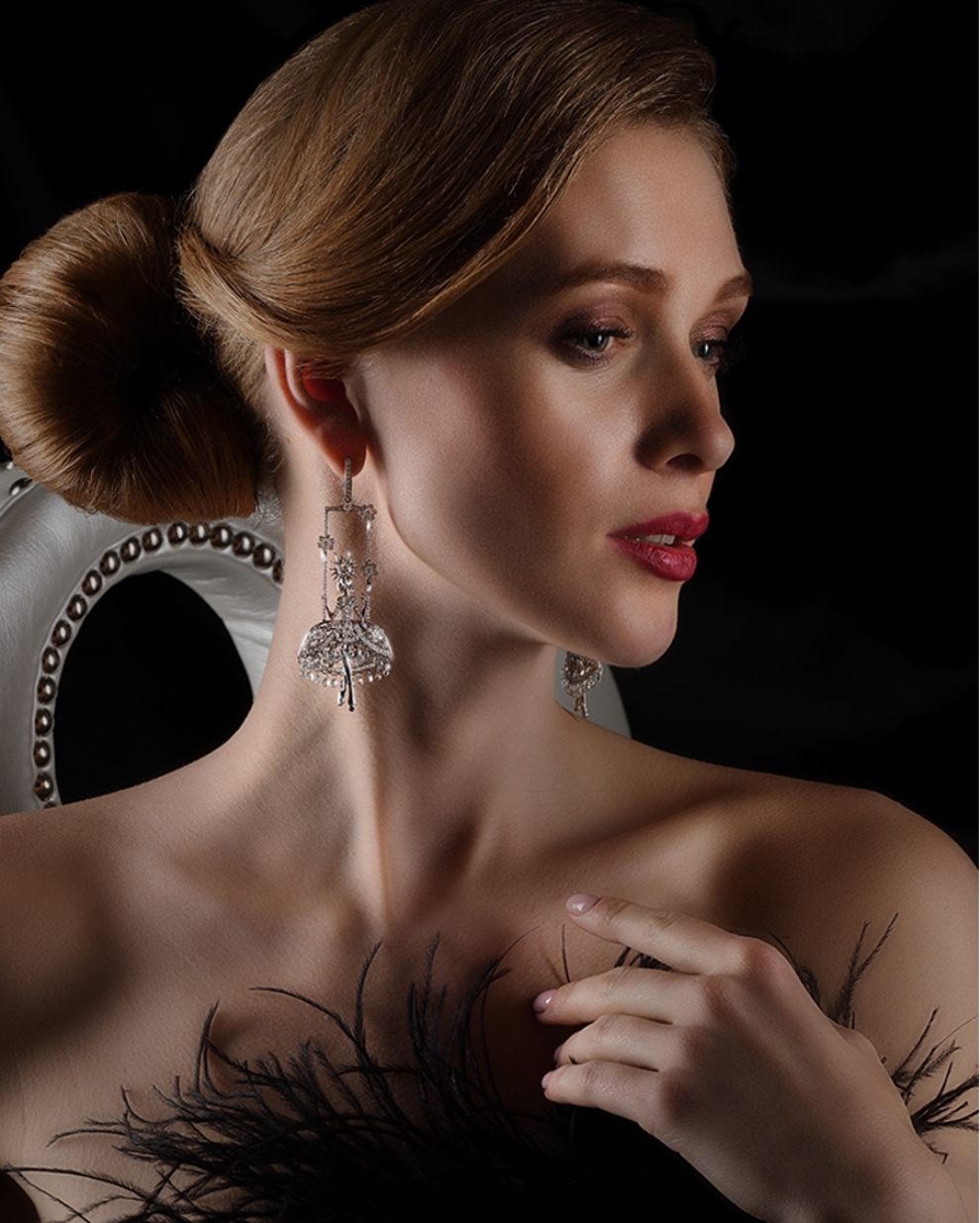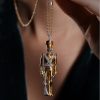
Diamond: 5 unexpected facts about the king of fine jewellery
If diamonds are forever, we all dream of having them now… the ultimate classic gemstone, diamonds have been at the forefront of jewellery trends for centuries, for every age, nationality and gender. The best diamonds are formed under pressure, something many of us can relate to in our own lives. Plus, who doesn’t love the glint of a beautiful diamond on their hand or dangling from their neck? A fine jewellery collection is a symbol of great taste and lasts for generations, so choosing them wisely is extremely important.
Take a look at these five facts about everyone’s favourite gemstone, the flawless, unrivalled beauty of the diamond.
Historical background
Nobody is exactly sure when the first diamond was discovered, but scientists believe that most previous stones were formed over a billion years ago. The first diamond minds could be found in India over 3,000 years ago.
Ancient Greeks and Romans believed in the sanctity of diamonds, too, and believed them to be the tears of the gods. Harvard researchers even found that in ancient China, ceremonial guns were polished with diamonds!
Nowadays, diamonds are flown from around the world to design hubs around the world, and fine British designer jewellery is known as the most luxurious and exclusive on the planet.
Active use of diamonds as fine jewellery ornamentation began only about 500 years ago after craftsmen invented the diamond cutting techniques.
The concept of diamonds as a synonym for wealth and luxury came into use during the reign of Empress Catherine II. And the tradition of giving an engagement ring with a diamond began in the West in the early XV century, the Archduke of Austria Maximilian.
Locations
Diamonds are mined on almost all continents, but the largest deposits are located in South America (Brazil), Russia (Yakutia), Canada, Australia, Britain, and South Africa.
Natural diamonds of 1 carat and above are one in a million. To extract such a mineral, you need to process more than 250 tons of bare ore!
Top 5 largest producers of diamonds (2019 - 2020):
- ALROSA
- De Beers
- Rio Tinto
- Petra Diamonds
- Dominion Diamond
Besides colourless diamonds, world-leading mining producers have extracted various colours, known as ‘fancy diamonds’, including yellow, bright pink, and blue diamonds, which account for just 1% of the total volume. Even more rare instances are red gems – the company Rio Tinto tenders just a few pieces a year.
The most valuable among coloured diamonds are purple ones. They can cost more than $1 million per single carat. So, it is incredibly rare to see one in real life used in a fine jewellery collection.
Physic-chemical properties
In its very nature, the diamond we think of – is a treated rough diamond, and the contents of it are pure carbon, extracted from deep within the earth. Atoms of carbon form a crystal lattice that provides diamond extreme hardness – 10 on the Mohs scale. This means that the diamond is not possible to scratch, except with another diamond!
But because of their fragility, diamonds require extremely careful handling. After all, it can be easily split apart with one blow. Yes, although one can’t realistically scratch them, they fall apart into pieces very easily under pressure.
Previously, it was believed that carbon crystallizes at very high pressure, so the company DuPont synthesized their first technical diamonds using TNT! The majority of synthetic diamonds are used in industrial sectors, accounting for over 90% of use cases.
Nowadays synthetic diamonds are also used increasingly more in fine jewellery. Although they are valued less as they don’t have the same cultural cache or historical relevance, essentially, on an atomic level they do not differ from “real” diamonds whatsoever.
Jewellery with diamonds
Fine jewellery collections with diamonds are timeless because they perfectly fit with just about any style. The main thing is to skillfully choose the shape and frame.
Luckily, there are countless diamond jewellery providers on the market. One can select something extremely simple and minimalistic, as well as opt for extravagant fine British designer jewellery, like the one Sybarite Jewellery offers.
The most famous is the round cut diamond. And even such a simple form today has about 58 variations. From small stones it is possible to lay out small diamond trails, and also to create gorgeous patterns in various colour palettes.

Magical and healing properties of diamond
Crystal healers believe that diamond accelerates metabolism, aids resistance to infections and parasites. Also, it is commonly used as an anti-aging agent.
In the Middle Ages, people believed in the special mystical powers of diamonds, which are able to cure many diseases: from insanity to depression.
In the XVI century, the diamond was worn as a fine jewellery amulet to strengthen love. If the diamond laid in the bed lay in the direction of the man, it testified to the fidelity of his beloved.
Final interesting titbit
Previously, a diamond was considered a precious stone purely for men. Married women were recommended to wear it only after 30-35 years as a symbol of life wisdom.

















